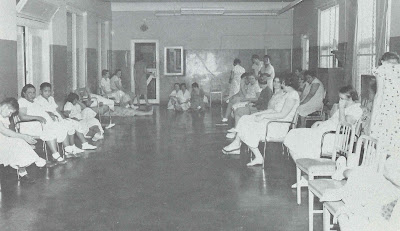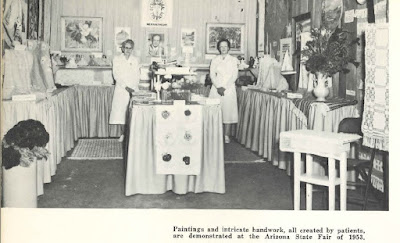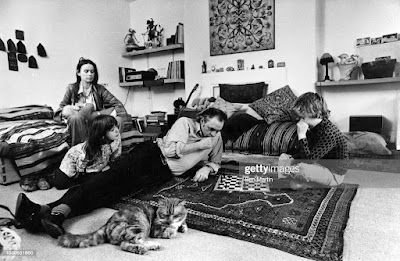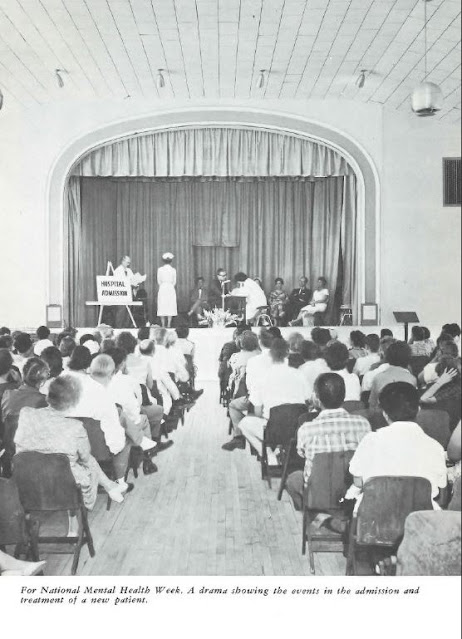The Prisoner in the Asylum: It's Your Funeral Part 2

The introduction and master post to this series of posts about The Prisoner can be found here . Edited 30/5/22 to make the original post less unwieldy. It may seem as if the rest of the episode is not related to psychiatry but I think the whole rest of the episode shows a number of institutional behaviours. We see everyone concerned dealing with The Village as best they can, and surviving as best they can. This may sound like normal adult life where we're all struggling, but I think what makes it more institutional is that I think we see the sort of behaviours we see when you are unable to leave an institution and they authorities can't get rid of you. Nowadays we tend to forget how people weren't going anywhere in the old hospitals. The staff used to say that literally the only way people left was in a box and in that situation it creates a significantly different power balance to most modern healthcare. In addition to the abuse of patients by staff who had to be basicall...







